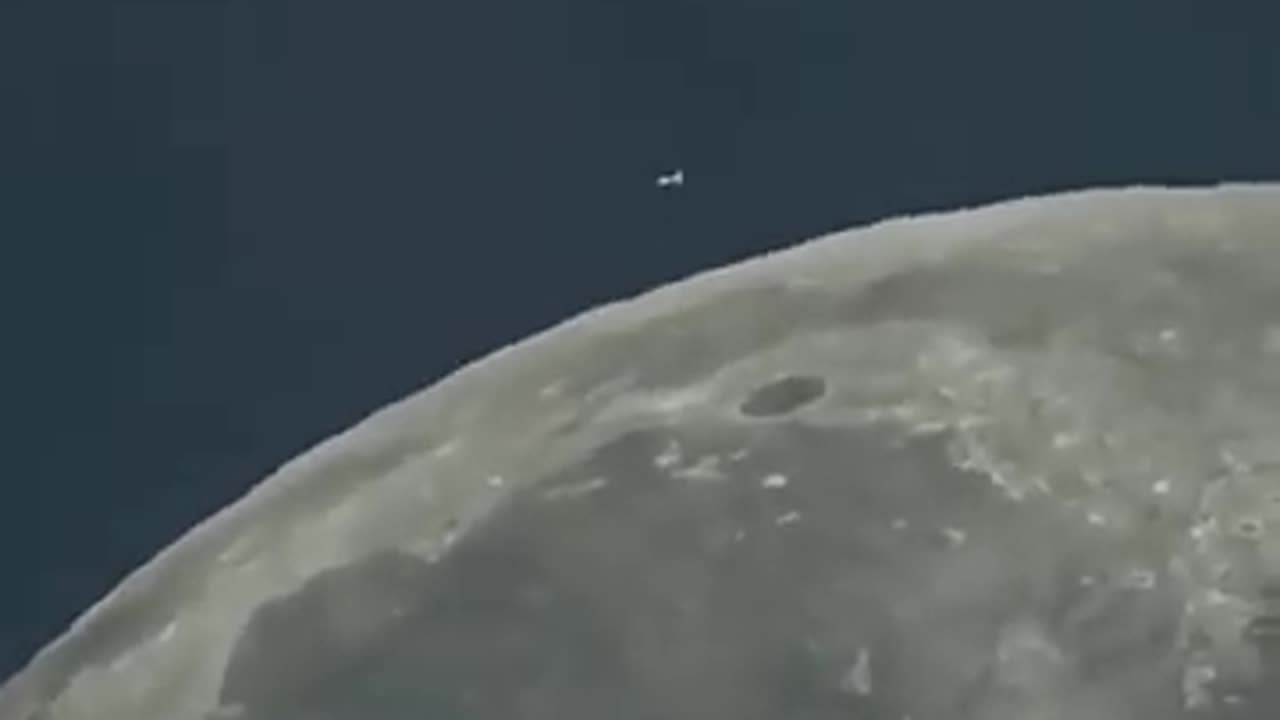Premium Only Content

Closeup moon very deep and surprised 😲😮😲
Moon'
The Moon, Earth's only natural satellite, is a captivating celestial object that has fascinated humanity for centuries. When observed up close, its rugged surface comes into view, revealing a vast expanse of craters, valleys, and plains. The Moon's landscape is a record of ancient impacts, showcasing the history of cosmic collisions that shaped its features over billions of years.
The surface of the Moon is covered with two main types of terrain: the heavily cratered highlands and the smoother, relatively flat maria. These maria are actually solidified lava flows from ancient volcanic activity. The Moon's lack of atmosphere means that it is exposed to the harsh vacuum of space, resulting in extreme temperature variations between its daytime and nighttime sides.
One of the Moon's most prominent features is the stark contrast between the sunlit hemisphere and the dark, shadowed hemisphere. The line dividing these regions is known as the terminator. As sunlight gradually creeps across the lunar surface during the lunar day, intricate details of craters, mountains, and ridges become more pronounced.
The Moon's appearance is also defined by its phases, which are a result of its position relative to the Earth and the Sun. As it orbits our planet, varying amounts of its sunlit side become visible from Earth, creating the cycle of phases from New Moon to Full Moon and back again.
In addition to its visual appeal, the Moon has played a significant role in human history and culture. It has been a source of inspiration for poets, artists, and scientists alike. From its gravitational influence on Earth's tides to its potential as a future exploration destination, the Moon continues to captivate our imagination and drive scientific inquiry.
-
 LIVE
LIVE
Drew Hernandez
10 hours agoLGBTQ TERRORIST EXECUTES CATHOLIC KIDS IN MINNEAPOLIS
685 watching -
 2:17:08
2:17:08
FreshandFit
6 hours ago10 Top Red Pills About American Women
37K17 -
 2:10:26
2:10:26
Badlands Media
11 hours agoDevolution Power Hour Ep. 383
49.2K17 -
 3:17:28
3:17:28
TimcastIRL
5 hours agoTrans Shooter Targets Catholic Kids In Mass Shooting, Leftists Reject Prayers | Timcast IRL
210K56 -
 1:31:29
1:31:29
Brandon Gentile
1 day ago25 Year Wall Street INSIDER: $1M Bitcoin Soon Is Just The START
12K -
 LIVE
LIVE
SpartakusLIVE
7 hours ago#1 Birthday Boy Celebrates with MASSIVE and HUGE 4.8-Hour Stream
325 watching -
 55:54
55:54
Man in America
8 hours agoFrom Oil Barons to Pill Pushers: The Rockefeller War on Health w/ Jeff Adam
36.3K3 -
 3:02:18
3:02:18
Barry Cunningham
6 hours agoBREAKING NEWS: PRESIDENT TRUMP THIS INSANITY MUST END NOW!
82.9K160 -
 3:58:27
3:58:27
StevieTLIVE
5 hours agoWednesday Warzone Solo HYPE #1 Mullet on Rumble
29.6K -
 5:58
5:58
Mrgunsngear
6 hours ago $2.88 earnedBreaking: The New Republican Party Chairman Is Anti 2nd Amendment
23.2K8